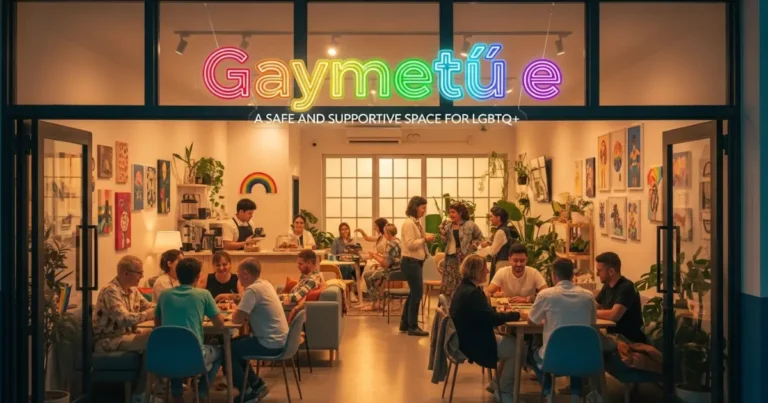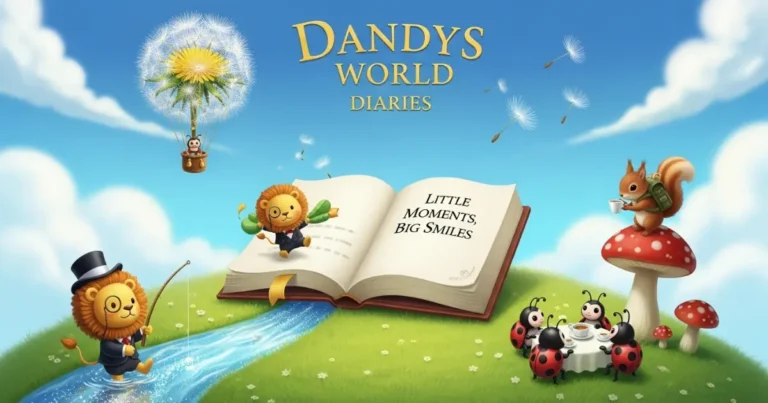
The internet never fails to surprise us with quirky trends, and Kirbi Dedo is one of the latest to capture attention. A playful mix of “Kirbi” (a stylized spelling of Nintendo’s famous character Kirby) and the Spanish word “dedo” (meaning finger), this trend reimagines Kirby as a tiny finger puppet. What started as a meme quickly grew into a global creative wave, sparking fan art, DIY tutorials, and even online communities dedicated to this small but hilarious figure.
Why does something so simple go viral? The charm lies in the combination of nostalgia, humor, and creativity. Kirbi Dedo is not just a funny picture—it has become a symbol of internet playfulness, showing how fans can transform a single idea into a cultural phenomenon.
What Does Kirbi Dedo Mean?
At its core, Kirbi Dedo refers to a puppet version of Kirby designed to fit on a finger. The bilingual twist adds flavor—Spanish speakers instantly get the pun, while non-Spanish audiences find the name catchy and curious. The literal translation, “Kirby Finger,” might sound odd, but that strangeness is exactly what makes it memorable.
Unlike many memes that rely on inside jokes, KirbiDedo is visual and simple, making it easy to share across language barriers. It invites viewers to laugh at the absurdity: a mighty video game hero reduced to a tiny, wobbly finger puppet.
The Meme Origins
The earliest appearances of Kirbi Dedo can be traced to social media, where fans posted photos of handmade puppets and digital edits. Over time, users began attaching relatable captions, turning Kirbi Dedo into a reaction meme. TikTok and Twitter amplified the joke, with short clips showing the puppet performing exaggerated actions or making funny faces.
Its rise can also be credited to fan creativity. Many internet users saw KirbiDedo as an open canvas: you could draw it, stitch it, or animate it. This participatory nature meant the meme didn’t just spread—it evolved, with each new version adding flavor.
Kirbi Dedo in Meme Culture
The internet thrives on remixing, and Kirbi Dedo became a perfect subject for playful reinterpretation. Memes featuring the puppet depict it reacting to daily struggles, joking about modern life, or parodying pop culture scenes. Because the puppet is small and round, it exaggerates emotions—its cuteness contrasts sharply with dramatic or sarcastic captions.
On Reddit, Discord servers, and Instagram meme pages, Kirbi Dedo serves as both a mascot and a punchline. Fans often place it in absurd scenarios—such as saving the world, fighting villains, or struggling with Monday mornings. The sheer versatility of its design keeps it fresh.
Why Kirbi Dedo Became So Popular
Several factors explain why Kirbi Dedo resonated so strongly:
-
Nostalgia factor: Kirby is an iconic character with decades of gaming history. Fans feel connected to him, making any spinoff instantly recognizable.
-
Simplicity: Unlike complex memes that require explanation, this one is visual and direct. Anyone can understand it.
-
DIY potential: People can easily make their own puppet using felt, paper, or even digital art tools.
-
Language mix: Adding “dedo” introduces a cross-cultural element, sparking curiosity beyond Spanish-speaking communities.
-
Cuteness overload: Internet users have always adored tiny, squishy, or miniature things. Kirbi Dedo fits perfectly.
How to Make Your Own Kirbi Dedo
One reason for Kirbi Dedo’s popularity is how easy it is to recreate. Here’s a simple guide for making one yourself:
Materials:
-
Pink felt or soft fabric
-
Small pieces of black and white felt for eyes
-
Red felt for feet
-
Glue or thread and needle
-
Scissors
Steps:
-
Cut two oval shapes of pink felt, slightly bigger than your finger.
-
Stitch or glue the edges, leaving the bottom open.
-
Create eyes using black and white felt circles.
-
Cut small red pieces for feet and glue them at the base.
-
Slip your finger in, and you’ve got your Kirbi Dedo puppet.
Fans often go further, adding costumes, props, or facial expressions. Some even build elaborate sets to photograph their puppets in action.
Kirbi Dedo and Fan Art
Beyond DIY puppets, digital artists embraced Kirbi Dedo. On platforms like DeviantArt and Instagram, you’ll find drawings, animations, and comic strips starring this quirky puppet. Artists reimagine it as superheroes, holiday mascots, or even villains.
This wave of creativity reflects the power of participatory culture. A single meme inspires countless artistic interpretations, each one extending the life of the trend. Fans aren’t just laughing at KirbiDedo—they’re building worlds around it.
Cultural Significance of Kirbi Dedo
Kirbi Dedo isn’t just a silly meme; it represents how internet culture blends languages, fandoms, and mediums. The Spanish word “dedo” signals how global memes have become—English, Japanese, and Spanish merge into a single identity.
It also highlights the tactile aspect of creativity. In a digital age, a handmade felt puppet reminds us of physical play. People enjoy not only seeing memes online but also crafting them with their own hands.
Kirbi Dedo as an Online Identity
Some creators now use Kirbi Dedo as a personal brand. Because the name is unique, it works well as a username on TikTok, Twitch, or YouTube. Fans know it instantly, and it avoids being lost in generic tags.
For artists and meme pages, adopting KirbiDedo as a mascot adds personality. It signals a fun, creative, and lighthearted vibe, helping build community engagement.
Challenges Facing the Trend
Like any viral phenomenon, Kirbi Dedo faces hurdles:
-
Copyright concerns: Since Kirby is Nintendo’s property, some puppet versions may risk legal scrutiny if sold commercially.
-
Overexposure: Memes can fade if they become repetitive. The challenge is keeping Kirbi Dedo fresh.
-
Quality control: Not every DIY attempt looks appealing, and poorly made versions sometimes draw criticism.
-
Confusion: New audiences may misinterpret the name, thinking it means something unrelated.
Despite these, the overall tone around KirbiDedo remains playful and positive.
Kirbi Dedo in Global Communities
Spanish-speaking fans especially love the wordplay, but the meme’s visual nature makes it borderless. In Japan, fans link it back to Kirby’s origins. In English-speaking spaces, people see it as an odd but catchy joke.
The universality of humor, combined with simple visuals, helps KirbiDedo cross cultures smoothly. This global reach is why it feels less like a niche meme and more like a shared internet toy.
Future of KirbiDedo
Where might the trend go from here? Several possibilities exist:
-
Merchandise: Stickers, plush toys, or enamel pins could bring KirbiDedo offline.
-
AR filters: Imagine a filter that puts the puppet on your finger in selfies.
-
Mini web series: Short animations or comics starring KirbiDedo could keep fans entertained.
-
Crossovers: Fans may combine the puppet with other fandoms—Marvel heroes, Pokémon, or anime icons.
-
Expanded lore: Like other memes, fans may invent stories or mythologies around the character.
Lessons from KirbiDedo
The rise of KirbiDedo teaches us a few things about internet culture:
-
Small ideas can spark big trends.
-
Simplicity often wins over complexity.
-
Fans want to participate, not just observe.
-
Language barriers are no obstacle when humor is visual.
These lessons explain why memes like KirbiDedo endure longer than one-off viral jokes. They invite collaboration and reinvention.
Conclusion
What began as a playful pun has turned into a global meme. Kirbi Dedo proves that creativity, humor, and nostalgia can transform even the simplest idea into a cultural wave. With fans making puppets, creating art, and sharing laughs, this tiny finger mascot shows how the internet can turn small joys into shared experiences.
As long as people keep imagining new versions, KirbiDedo will continue to delight. Whether you craft your own puppet, laugh at a meme, or use it as a creative alias, you’re part of the story.







